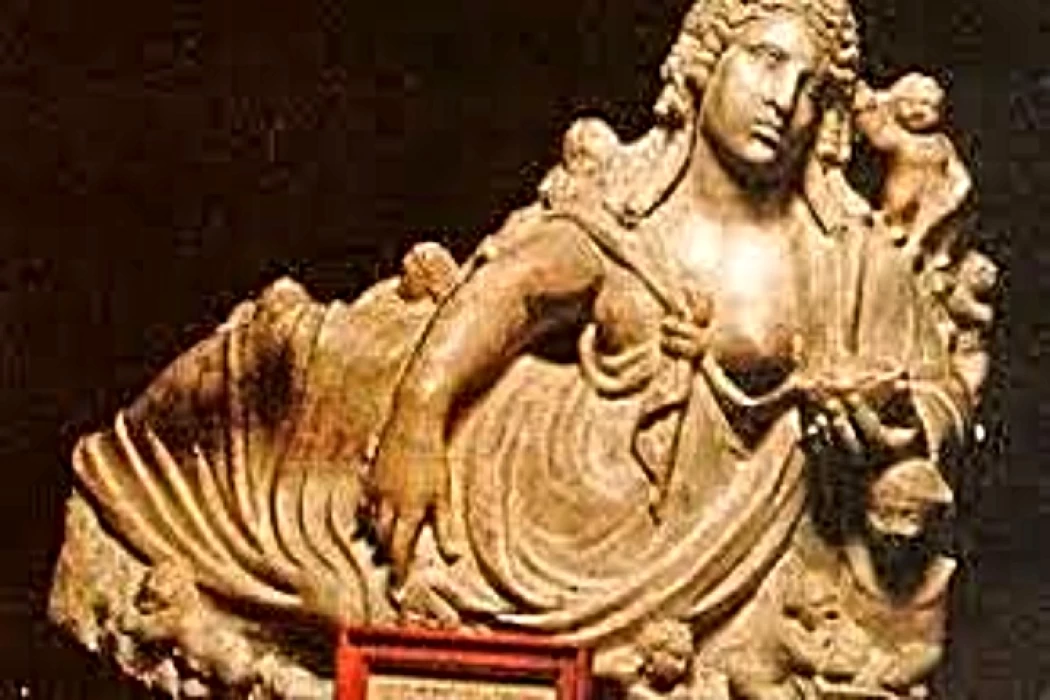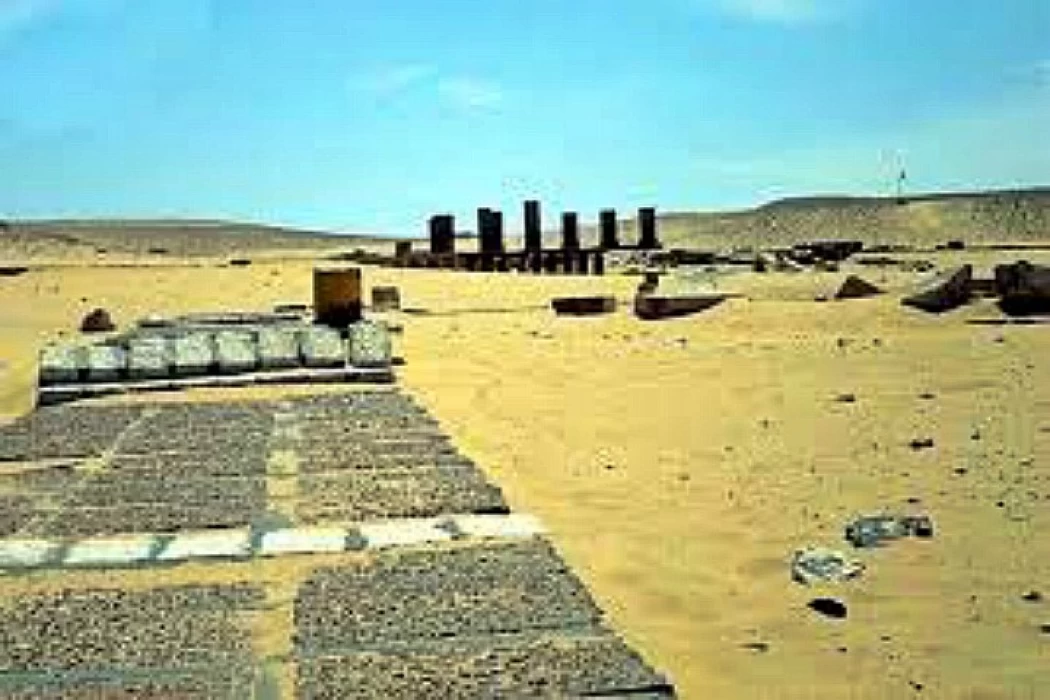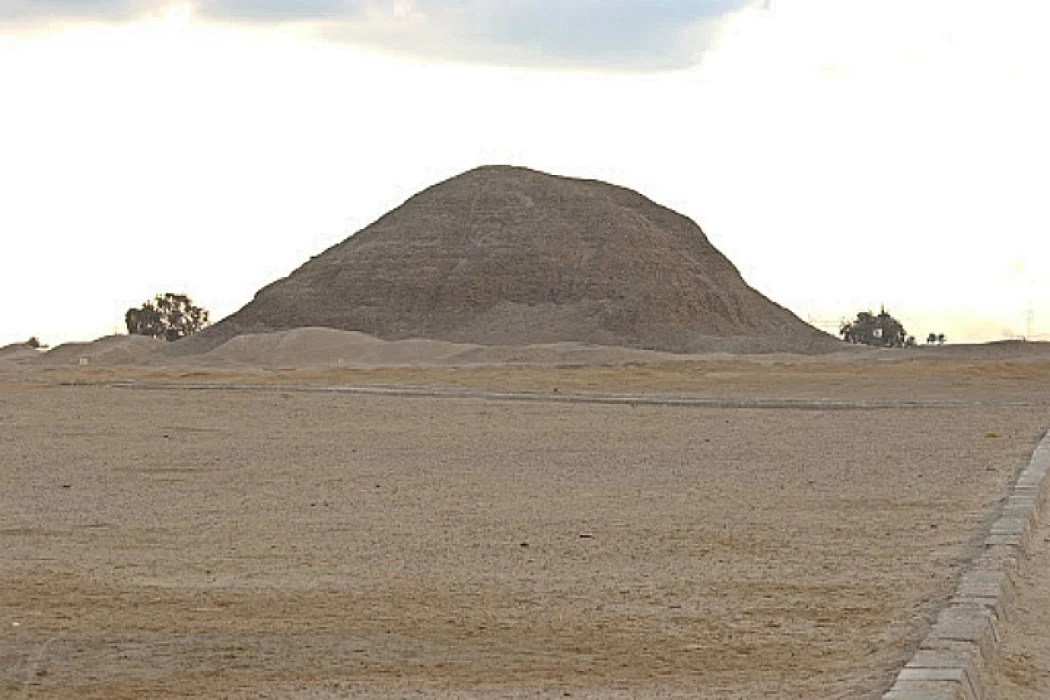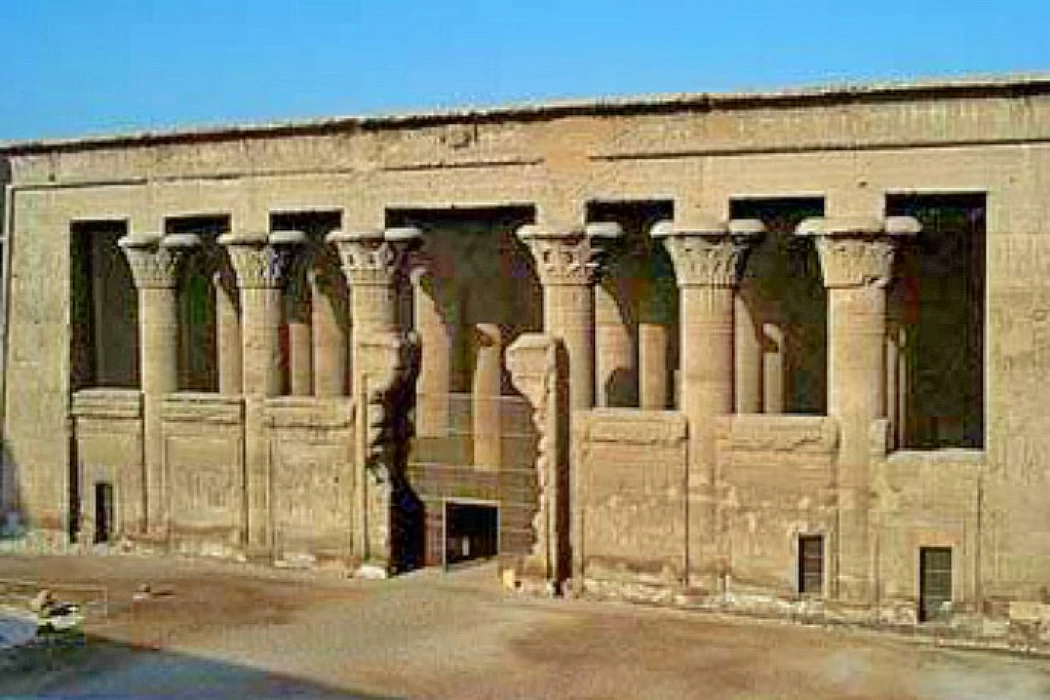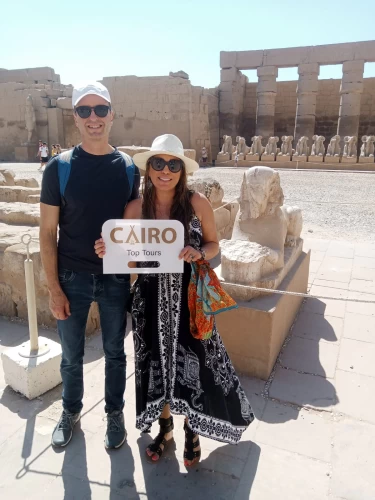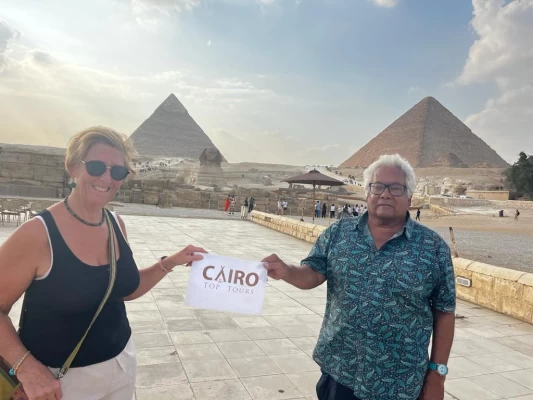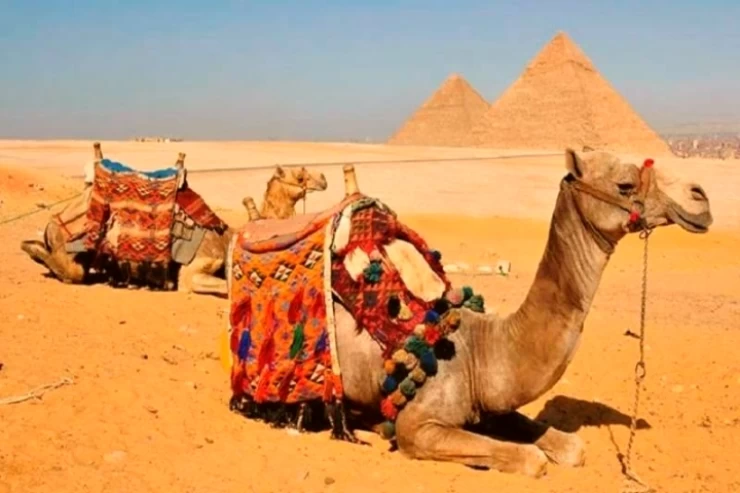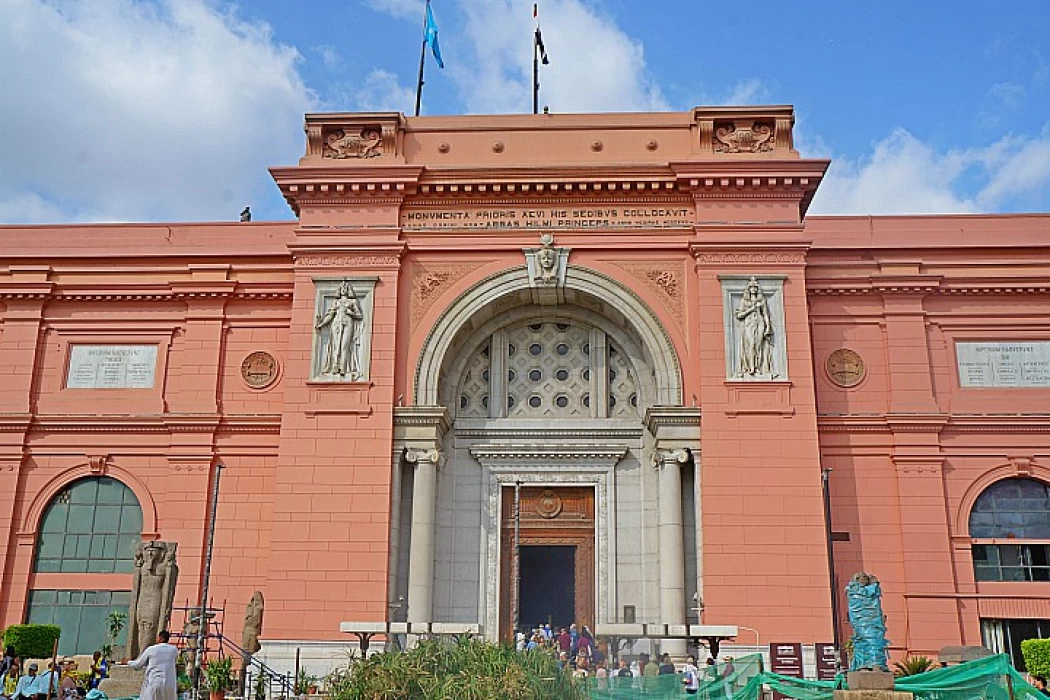
Tourism Industry in Egypt | Egypt Tourism
The Tourism Industry in Egypt: A Pillar of National Economy and Cultural Heritage
Egypt, which is often called the cradle of civilization, has a history that goes back thousands of years. The country’s amazing pyramids, deserts, and old temples still attract and amaze people from all over the world. Tourism has always been a crucial part of the Egyptian economy, important for jobs, foreign money, and sharing Egyptian culture. The article addresses how tourism stands today, its history so far, its economic value, and what is expected in the future.
Historical Evolution of Tourism in Egypt
Tourism in Egypt began long in the past, when tourists from Greece and Rome would visit the Nile Valley to observe the wonders of Egyptian architecture and knowledge. In the Islamic Golden Age, scholars and merchants from many parts of the Arab world went to Cairo, which had become famous for its learning and culture.
In the 19th century, once the Suez Canal was built and steamships and railways appeared, Egypt became simpler for Europeans to visit. The combination of interest in ancient Egypt and the fashion for Orientalism attracted aristocrats, artists, and explorers.
In the 20th century, the Egyptian Tourist Authority was created, hotels were built in many places, and roads and railways were developed to make travelling easier. However, conflicts, unrest, and terrorism occasionally interrupted the industry’s development.
Major Tourist Attractions
Egypt's diverse attractions cater to a wide array of interests:
Historical sites and cultural sites:
The country’s lasting symbols are the Pyramids of Giza and the Sphinx.
The grandeur of ancient Egypt, especially Thebes, is visible in the Luxor and Karnak Temples, the Valley of the Kings, and the Temple of Queen Hatshepsut.
The Philae Temple and Abu Simbel at Aswan demonstrate the great craftsmanship and inventiveness of Nubian and Pharaonic architects.
Natural Attractions:
Many people choose to go to Sharm el-Sheikh and Hurghada for diving and relaxing by the water.
The Sinai Peninsula and remote desert oases, including Siwa and Dakhla, provide plenty of ecotourism and adventure activities.
Sailing the Nile River from Luxor to Aswan is a core part of any Egyptian journey.
Modern Developments:
Millions of visitors are expected to come to the Grand Egyptian Museum, which will reportedly be built next to the Giza Plateau.
Urban tourism is being improved in Alexandria and Cairo by projects designed to renew historical sites.
Economic Significance
Tourism has a major impact on Egypt’s economy. Prior to COVID-19, about 12% of the nation's GDP came from tourism, and it provided jobs for more than 10% of the workforce directly or indirectly. A country that relies heavily on foreign goods imports needs to export as a main source of foreign currency.
During 2019, Egypt had more than 13 million visitors, which provided an income of $13 billion. Though the pandemic slowed global tourism, Egypt remains strong by focusing on domestic tourism and seeing some of its traditional tourist groups return.
Government Initiatives and Infrastructure Development
Various strategies have been supported by the Egyptian government to improve tourism.
Infrastructure Enhancement:
The development of Cairo, Hurghada, and Sharm el-Sheikh international airports.
Creating and expanding roads, hotels, and transportation to enhance how people reach there.
Cultural Preservation:
Huge restoration projects, like the Avenue of the Sphinxes in Luxor.
Antiquities are now digitized, and more emphasis is put on security at heritage sites.
Promotion Campaigns:
Running international campaigns such as “Experience Egypt” and being present at major tourism events around the world.
Using well-known individuals and digital marketing to show that Egypt is now modern and safe.
Providing a Variety of Tourism Products:
Helping to develop medical tourism, desert safaris, tourism for religious purposes, and festivals.
Promoting spending on eco-lodges and sustainable tourism.
Challenges Facing the Industry
In spite of its strong possibilities, the tourism industry in Egypt has to face various problems.
1. Issues related to political national security create concern for tourists who are considering visits.
2. Because of overtourism, the Red Sea’s coral reefs have been negatively affected.
3. Because tourism plays a major role in the economy, it can be easily affected by events outside the country.
4. Tourists and investors may not be attracted to a country because of complicated visa rules and unclear or changed regulations.
Recovery and Post-COVID-19 Strategies
Tourism stopped globally because of COVID-19, but Egypt introduced a phased plan to reopen for visitors. Proper safety certifications, new health policies in airports, and enticing promotions helped bring the tourism industry back. Reservations for hotels, guided tours and planned trips are made easily online today.
In both 2022 and 2023, we saw a recovery in the number of tourists, which was due to the region being more stable, having better infrastructure, and attracting visitors interested in cultural heritage travel. The Golden Parade of the Pharaohs and displays of Tutankhamun’s belongings have made people worldwide once again fascinated.
The Future of Egyptian Tourism
The country aims to see a lot of millions of tourists each year, especially by 2030.
Strategies include
Developing tourism in an environmentally friendly way and organizing visitors to preserve everything.
Using virtual reality, augmented reality, and apps on mobile phones to increase what tourists can enjoy.
Engaging with Locals: Guaranteeing that tourism leads to more employment and helps preserve cultural traditions for local people.
Cooperation between private companies and the public sector helps to develop infrastructure and hospitality.
The tourism business in Egypt helps the economy and also links the international world to the nation’s ancient history. If effort is made to plan, invest, and use sustainable approaches, Egypt could once again lead the world in tourism.
Egypt is one of the oldest civilizations in the world. The first emergence of civilization is placed around the year 6,000 B.C. The history of ancient Egypt has traveled a full complimentary 3,000 years and is divided into the Old Kingdom, Middle Kingdom, and New Kingdom of Egypt history, which is, in turn, divided into 30 dynasties. Considered one of the best tours in Egypt in the world, in fact, it's a destination for many tourism seekers, thanks to a geographical location; it's situated in the middle of the world, with summer and winter climates, beautiful coastlines, and beaches full of rare coral treasures.
With mosques, temples, museums, and artistic buildings, Egypt is rich with abundant tourist attractions—the works. The winter season is the best in this regard, for one gets to enjoy the warm blessing of Egypt and all the charm around Easter time in wintertime.
Egypt is characterized by unique geographic isolation, which helped the country throughout the ages to have its own characteristic civilization, thanks to its location in the northeastern corner of Africa, and extends to the Asian continent by the Sinai Peninsula, the Libyan borders, and the Western Desert to the west, the Red Sea to the east, the Mediterranean to the north, and Sudan. Which was part of the Egyptian Kingdom, from the prehistoric era until it finally became independent after the Egyptian revolution of the 23rd of July in 1952—to the South.
Let's talk now about the most attractive places in Egypt to be visited. First, of course, will be Cairo, the capital, the most important; you can enjoy the best tours in Cairo, and many wonderful places to experience. It is also famous for its popular atmosphere and nightlife, where cafes and Nile Cornish are full of visitors coming to enjoy watching the Nile in the evening, as well as Cairo Day Tours, which is best known for the most luxurious hotels and the best prices, which are suitable for all kinds of travelers.

The Pyramids of Giza:
The Pyramids of Giza are considered the seven wonders of the world. They are built on the Giza Plateau, just outside the city of Cairo. This pyramid complex consists of three great pyramids, namely the Pyramid of Cheops, the Pyramid of Chephren, and the Pyramid of Mycerinus, which are tombs. Each of them has the name of the king who built it and was buried along with the Great Sphinx. It's a statue of a legendary creature with the body of a lion and the head of a human. The statue is in front of the pyramid of Khafra, which is the middle pyramid.
Saqqara is an ancient burial ground serving as the necropolis for the ancient Egyptian kings and noblemen as well. Saqqara features numerous pyramids, including the world-famous Step Pyramid of Djoser, sometimes referred to as the Stepped Tomb due to its rectangular base, as well as several mastabas called the tombs of the nobles (Arabic word meaning 'bench'). Located some 30 km (19 mi) south of modern-day Cairo, Saqqara covers an area of around 7 by 1.5 km.
The Step Pyramid is the most important monument to see during any Cairo Day Tour. It is considered the famous structure in Saqqara, dating from the third dynasty (2667—2448 B.C.), and was the first complex ever built entirely out of stone. It also displays an important architectural innovation for the construction of the Giza Pyramids and other later pyramids in the fourth dynasty and later. as it is the first stone pyramid made of 6 mastabas or steps and is sometimes referred to as the Step Tomb due to its rectangular base.
Khan El Khalili:
Khan El Khalili is a market that includes exhibits of handicrafts such as copperware, wood crafts, and other antiques. The market also includes many famous libraries in addition to the famous Fishawi cafe. Also, you can take a look at Cairo Tours and enjoy the old (Mashrabiyat), which is an element of traditional Arabic architecture used since the Middle Ages up to the mid-20th century, usually used on the street side of the building. However, you can't finish your tours in Egypt without buying some souvenirs of incense imported from Sudan, papyrus-bearing drawings, and hieroglyphic words and amulets.
The Egyptian Museum in Cairo:
The Egyptian Museum in Cairo is one of the unique museums that contain a lot of antiquities, and it is in downtown Cairo (Tahrir Square), and also one of the oldest and most popular museums in the world, which is included in most of Egypt Day Tours. It comprises two floors; the ground floor hosts huger displays such as coffins, stone carvings, and huge statues. It also contains more than 160,000 rare artifacts, mummies from the pharaohs of Egypt. You can visit the museum and enjoy our best tours in Cairo, seeing the view of the magnificent facade of the museum designed in French style, decorated with marble paintings of the most famous archaeologists in the world, and on the sides of the door there are two statues of two Roman-style women. You can see the indoor halls and the high walls, enjoying the natural light that enters through the glass panels on the ceiling and from the windows on the ground floor.
Coptic Cairo:
Coptic Cairo is a part of Old Cairo that encompasses the Babylon Fortress, the Coptic Museum, the Hanging Church, the Greek Church of St. George, and many other Coptic churches and historical sites included in Egypt Excursions. It is believed in the Christian tradition that the Holy Family visited this area and stayed at the site of Saints Sergius and Bacchus Church (Abu Serga). That's why people planning their Cairo Day Tours make sure this part of Old Cairo is seen. Coptic Cairo was a stronghold for Christianity in Egypt until the Islamic conquest of Egypt, though most of the current buildings of the churches in Coptic Cairo were built after the Muslim conquest of Egypt in the 7th century.
Can we also talk about the Ben Ezra Synagogue? was established in Coptic Cairo in 1115, in what was previously a Coptic church that was built in the 8th century. The Copts needed to sell it in order to raise funds to pay taxes to Egypt's ruler, Ibn Tulun.
Islamic Cairo:
Islamic Cairo can be an impossible task to finish on a one-day tour of Cairo. It is quite a large area that has many historic districts because it is still very much a living part of the city and is visited during all Cairo Day Tours. Here we have the largest outdoor museum of Islamic art, called El-Moez Street. This street was the main street throughout the city when it was built during the 11th century, and mosques, madrasas, Sabils, mausoleums, and palaces were constructed here. The northern part of the street (between Bab El-Fotouh and Al-Azhar Street) was recently restored. This is one of the most picturesque parts of Cairo. The Qala’un Complex here is one of the most impressive in Cairo.
Ibn Tulun Mosque is within walking distance of both the Citadel of Saladin and the mosque of Sultan Hassan. built in 872 AD, it is the oldest standing mosque in Islamic Cairo and the largest by land area. It is a truly impressive space, owing to its unique Samarran architectural style.
We also have the famous El-Azhar Park, which has been added recently to Islamic Cairo. In the 1990s the Egyptian government reclaimed land that had been used as a landfill for centuries to create a beautiful park for the city.
The Citadel of Saladin is the iconic picture of Islamic Cairo that was built by Salah El-din El Ayouby at the end of the 12th century. He was a famous king and leader, as well as the founder of the Ayyubid Dynasty. The Citadel is an indispensable part of all Cairo Day Trips when you travel to Egypt and also one of the must-do things in Cairo, and you will have the chance to experience those when booking Egypt Excursions.

Now we will move to the second capital of Egypt and one of the most beautiful cities in Egypt, in the Mediterranean basin, nicknamed the bride of the Mediterranean Sea, a city full of life and containing many important landmarks, including the largest ports of Egypt in the Mediterranean area and abounding with many tourist places in Egypt, like:
The Bibliotheca Alexandria is the most famous library of classical antiquity. It formed part of the research institute at Alexandria in Egypt, which is known as the Alexandrian Museum.
A reimagining of Alexandria's ancient Great Library, The Library of Alexandria is a gorgeously designed cultural center that contains a host of museums as well as one of the modern world's most ambitious libraries, and it has to be visited during Egypt Day Tours. Its architecture—a giant sun disk—presides over the waterfront Corniche.
The Citadel of Qaitbey, When you visit Alexandria, which is incorporated with Egypt Excursions, you should walk the long seafront boulevard towards the west, and you'll finally arrive at the Fort of Qaitbey. It could be a smaller replacement of the previous Pharaoh's Lighthouse, one of the seven man-made wonders of the ancient world—but this garrison has been protecting Alexandria's eastern borders since 1477 AD. The Pharos Lighthouse began to vanish due to a destructive earthquake that hit Alexandria in 1303 AD. Fort Qaitbey was built by Mamluk Sultan Qaitbey in order to fortify this significant Egyptian harbor from invasion, and rubble from the tumbled lighthouse was used in its structure. Inside, you can see the range of stone-walled cells and ascend to the rooftop to get an incredible view of the Mediterranean.
The Roman Amphitheater is located in the center of Alexandria in the famous Kom Eldikka square. Nobody thought much of the ancient rubble mound in central Alexandria until, in 1947, they decided to clear the site to make way for new housing. Instead, the area known as Kom el-Dikka ("Mound of Rubble") revealed a whole swag of ancient ruins, including a small Roman theater.
The Greco-Roman Museum is a museum in Alexandria, Egypt. It displays a wide variety of monuments found in and around Alexandria, most of them from the Palatine and later Roman eras. Opened to visitors in 1892.
The Catacombs (Kom El-Shoukafa) are situated just to the west of Pompey's Pillar. The Catacombs of Kom El Shuqafa, considered the largest and most important burial site in Egypt, are visited regularly during Egypt Day Tours. As well as being the most important Greco-Roman necropolis in Egypt, the Catacombs of Kom El Shuqafa have a mixture of Roman, Hellenistic, Pharaonic, and ancient Egyptian decorative art, elements that were all common during this period in Alexandria.

Luxor was the capital of the new kingdom in ancient Egyptian history, which was remarkable for its huge temples and gigantic attractions. Similar to the old kingdom, the temples were built on the East Bank of the Nile, while the Valley of the Kings, where the pharaohs and kings of the new kingdom rest in peace, was built on the West Bank of the Nile. According to ancient Egyptian tradition, the sun is burning every day in the east and the west, and so the Egyptians built their temples on the east bank of the Nile and their burial places on the west bank of the Nile, as you will see when you book one of Egypt's tour packages.
The Valley of the Kings, also called Wadi El Muluk in Arabic, is known as the Valley of the Gates of the Kings and is considered a valley in Upper Egypt where the Pharaohs of the New Kingdom were buried for almost 500 years, from the 16th to the 11th century before Christ. Its rock-cut tombs were cut into the pharaoh's mountain.
Luxor Temple is a very huge ancient Egyptian temple complex that is located on the east bank of the Nile River in the city today recognized as Luxor and was built around 1400 BC. It is known in the Egyptian language as ipet resyt, "the southern sanctuary.". There are several great temples on the east and west banks of Luxor.
The Karnak Temple is a huge open-air temple complex, which is believed to be the second most visited historical place in Egypt. It contains four main parts, and the largest part is the only one that is open to the public. It also has been expanded over almost 1500 years, and generations of pharaohs added more artifacts, to end up in those enormous pylons, sanctuaries, and decorations that are not comparable all over the world, so you can visit Karnak Temple by booking one of our tours in Egypt.
The Temple of Hatshepsut at Deir El-Bahari at ُEl Deir El-Bahari is actually one of the most remarkable temples in Egypt. The Hatshepsut Temple is built out of limestone to commemorate the achievements of Queen Hatshepsut of the 18th Dynasty and also as a funerary temple and sanctuary for Amun Ra.
The Colossi of Memnon are two incredible, massive statues of the Pharaoh Amenhotep III that are now known as the Colossi of Memnon. This Pharaoh, who ruled Egypt during the 18th Dynasty and was known as Amenhotep the Magnificent, gave his kingdom an epoch of prosperity and wealth in many fields, economically and artistically, that Egypt had never seen before, so you cannot miss a visit to such an enormous twin statue when you visit Luxor through one of our Egypt Tours Packages or Egypt Day Tours.
The Temple of Dendera was constructed as a Greco-Roman temple in shape, and nowadays the modern town is built on the ancient site of Tentyra, which means a Divine Pillar and was known by that name during the Greek time.

Aswan Governorate is the most important city of Nubia, the civilized area that has long been the southern gate of Egypt. The city is located on the east bank of the Nile at the first waterfall.
Edfu | The Temple of Horus:
It is a small Egyptian town, located on the west bank of the Nile River between Luxor and Aswan, with a population of about sixty thousand people. Edfu is the site of the Ptolemaic Temple of Horus and an ancient settlement. It was built during the Greco-Roman Period, but the builders painstakingly preserved the form of Egypt’s true pharaohs. As a result, a visit to Edfu allows you to see what all of the other ruined temples around Egypt might have looked like had they been built 2000 years later.
The Philae Temple rose to prominence during the Ptolemaic Dynasty as the center of the cult of the goddess Isis. This complex was actually one of the last remaining places where the ancient Egyptian religion was practiced after the spreading of Christianity in Egypt, officially closed only in 550 AD. Early Christians then used the main temple on the island as a church. This is the reason for the defacement of some of the figures of the ancient gods of Egypt, as these Christians often tried to remove the pagan imagery from their newly claimed sanctuaries.
The High Dam was completed in 1971, and the huge reservoir beyond, named after the former Egyptian president Nasser, was filled in 1979. At the time of its construction, the High Dam was responsible for around 50% of the electricity production in Egypt. providing electricity to most of Egypt’s villages for the first time. By regulating the flow of the river, the dam also increased the cultivatable land in Egypt by around 30% and allowed development in new areas that were previously inundated annually when the river flooded.
Kom Ombo Temple is an unusual double temple in the town of Kom Ombo in Aswan Governorate, in Upper Egypt. It was constructed during the Ptolemaic dynasty, 180–47 BC. Some additions to it were later made during the Roman period.
The Abu Simbel Temples are two massive rock temples at Abu Simbel, a village in Nubia, Upper Egypt, near the border with Sudan. They are situated on the western bank of Lake Nasser, about 230 km southwest of Aswan. The complex is part of the UNESCO World Heritage Site known as the "Nubian Monuments," which run from Abu Simbel downriver to Philae. Built by the great king Ramses II for himself and his wife Nefertari and to commemorate his victorious battle of Qadesh.
The Nubian Village is a short but scenic voyage to Sohail Island, which is home to three distinct Nubian villages: you'll pass Elephantine Island, with its ruins and Nilometer, on the way. Here you'll visit a traditional Nubian house and learn about the culture, history, and lifestyle of one of Africa's oldest civilizations during one of the most interesting Egypt Day Tours.
Banana Island: Take the opportunity with Cairo Top Tours to visit Luxor and enjoy our Egypt Day Tours. The Banana Island (Gezira el-Mozh), located along the Nile Valley, attracts visitors with its banana plantation. You can learn about how they are being kept and the important care given to their growth. then relaxing in the outdoor cafe to test many foods and drinks. Or take your picnic to experience in the outdoor setting.

The tourism sector in Egypt continued its upward growth process for the fourth year in a row, achieving new record levels that confirm the gradual recovery and increasing attractiveness of the Egyptian tourist destination...According to press releases from the Minister of Tourism and Antiquities, Egypt welcomed 3.9 million visitors in the first quarter of 2025, a 25% yearly increase.
Egypt received 8.7 million tourists during the first half of the current fiscal year, July-December 2024, which indicates the possibility of achieving about 17 million tourists by the end of the current fiscal year, if the averages of these indicators, which are 1.4 million tourists per month, continue during the coming period.

Latest Articles
Admin
The Graeco-Roman Museum
The Greco-Roman Museum of Alexandria is Egypt's most important archaeological museum, displaying a wide and impressive array of antiquities of the Roman and Greek periods, a testament to Alexandria as a hub of culture and civilization in the ancient world.
Admin
Tuna El-Gabal Village
Tuna el-Gabal is not only a cemetery from ancient Egypt but also a place that displays Egypt’s long and rich history. From exploring Petosiris’ grave to seeing the rows of sacred jars, the site proves that gods, animals, and humans once lived together in harmony at Saqqara. Because it mixes Egyptian and Greco-Roman traditions, it draws scholars, historians, and travellers seeking to experience its charm. Discoveries are being made in Tuna el-Gabal, and it is still considered one of Egypt’s best-known and most fascinating excavations.
Admin
The Hawara Pyramid
The Hawara pyramid, which can be found near the modern town of Fayoum in Egypt, though less well-known, is one of the pyramids of ancient Egypt that has historical significance. The tomb, built in the reign of the Pharaoh Amenemhat III, offers a fascinating glimpse into the formation of Egyptian tomb architecture and the mysteries that were once puzzling ancient historians.
Admin
Temple of Khnum
The Temple of Khnum in Esna is a great religious monument that stands as a living record of the excellence of Egyptian artists and priests during the Ptolemaic and Roman eras and should attract every lover of Egyptian history and civilization.
Admin
Beni Hassan Tombs
The tombs of Beni Hassan are among the most prominent evidence of the greatness of ancient Egyptian civilization, as they reflect the Egyptians' mastery of architecture and sculpture, as well as the minute details documenting aspects of their daily life and religious beliefs. These tombs, which date back to the Middle Kingdom, are not just burial sites but archaeological treasures that reveal the nature of Egyptian society at the time as well as its political and economic relations.
Admin
Wadi El Rayan
Wadi El-Rayan is one of the most important natural tourist attractions in Egypt, especially in Fayoum, where there are many wonderful places such as waterfalls and springs for medical tourism, as well as mountains for safari and camping.
